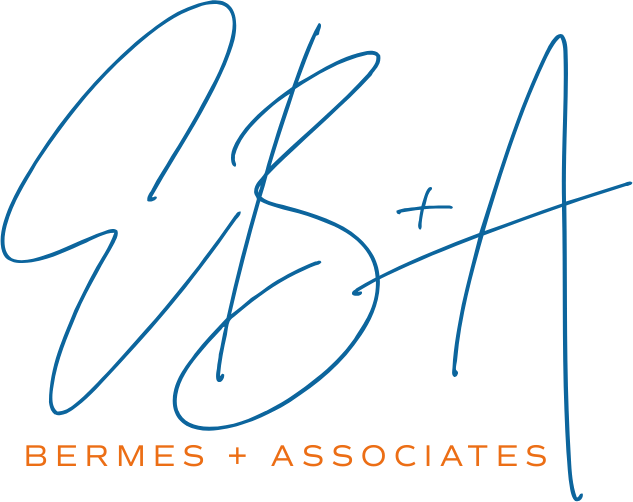The Top 3 Myths About Taking Risks
If you’re sensible, you’re scared of risks. But you take them anyway.
Why? Because you know the value of growth. To take a risk literally means to expose yourself to danger and uncertainty – and, ironically, those elements are what save us from stagnation.
That’s true for executives as much as for anyone else.
Yet, while many people pay lip service to the idea of risk (usually with phrases like “it’d be good to get out of my comfort zone” or “I’d like to be challenged”), from what I’ve observed, the vast majority of people err too far on the side of too little risk.
It’s human nature. We don’t take risks because we like comfort. And because we like comfort, we talk ourselves into falsehoods to justify our stagnation. As a result, most of us live beneath our potential.
It’s time for the truth to win out. Here are the top three myths we tell ourselves to avoid risks – and what the highest-performing executives believe instead.
1. Risks have to be taken all at once.
No, they don’t. Risks can be taken incrementally just as often as they can be taken in great leaps.
Take a fear of public speaking, for example (which isn’t uncommon even among executives). In this case, it might be easy to avoid pursuing growth by rationalizing that you’re not ready to give a keynote presentation.
That might be true. But you don’t have to give a keynote presentation to start working on your fear. Start by getting coaching. Or by taking a class. Or by speaking at smaller events.
Risks can be taken through incremental progress. Don’t let the myth of “all at once” hold you back.
2. Eventually, you’ll be ready to take the risk.
No, you won’t. By definition, you will never be completely prepared to take a risk, because a risk always involves some level of uncertainty.
Executives will need to take big leaps that they don’t feel prepared for. There’s reality to the visual coined by Ray Bradbury: “You have to jump off the cliff and build your wings on the way down.” In the risk-taking, growth happens.
We often stack up obstacles in our minds and rationalize that we’re waiting for the right time or alignment to take a risk. Or we internally build up the risk to hyperbolic proportions. While there’s wisdom in patience, most errors occur on the side of waiting too long.
Sometimes life calls for cliff jumping.
3. Risk is about saying “yes.”
Not always. While some risks are about saying “yes” to an opportunity that intimidates you, most risks are about saying “no” to contexts that aren’t working.
Saying “no” is hard because it impacts our egos. It’s an admission of failure, or at the very least of limitations. But it’s necessary for growth.
A risk is dropping a failing agenda. It’s cutting a product launch that won’t work. It may even be moving on from a job that doesn’t fit.
Saying “no” can often be the biggest risk of all – and that can be a good thing.
Final Tip: How to Identify the Right Risks
With those myths removed, risks are easier to take. But how should you identify the right ones.
Here’s a good strategy: move toward areas of discomfort that are holding you (or your organization) back.
Ready to grow?
The highest-performing executives are great risk takers. They know when it’s time to move on an opportunity, even when it’s uncomfortable. It’s intuition (often honed by training), and it’s a key factor in growth. Stagnant executives, on the other hand, make poor leaders – and they almost always lead stagnant or dying companies.
If you’re ready to grow, the best way forward is to identify good risks and take them.
Want to get better at doing that as an executive? Let’s talk.
Looking for an executive coach in Chicago?


